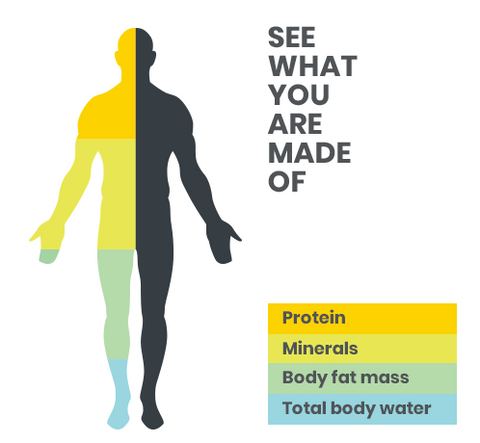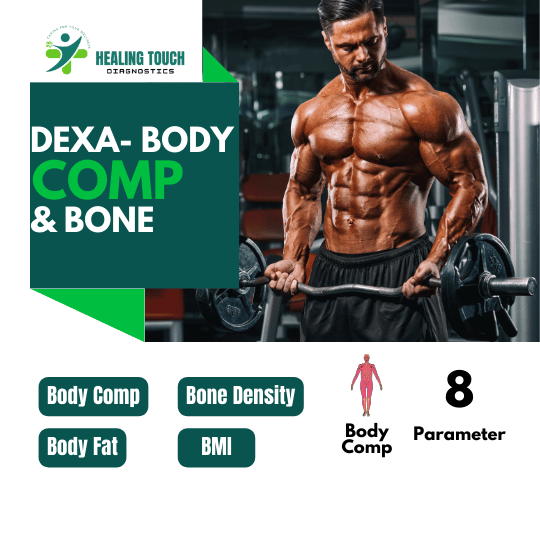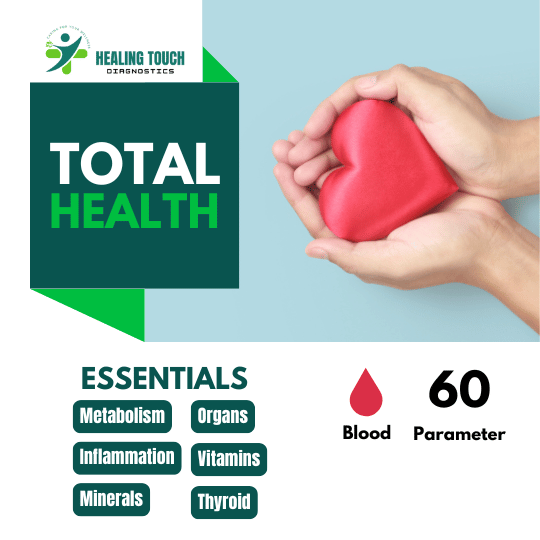What is body composition?
Body composition is a method of breaking down the body into its core components: fat, protein, minerals, and body water. It is the proportion of fat and non-fat mass in your body. A healthy body composition is one that includes a lower percentage of body fat and a higher percentage of non-fat mass, which includes muscle, bones, and organs.

How to calculate body fat percentage?
There are 6 different ways to analyse your body fat composition and percentage –
- Tape measure –
- If you’re a man, measure the circumference of your neck and abdomen and subtract your neck value from your abdomen value to determine your circumference value and hence, the body fat composition
- If you’re a woman, record a measurement of the circumference of your neck, natural waist, and hips and add your waist and hip measurements, and then subtract the neck measurement to analyse your body fat composition.
- Calipers
- A skinfold test is done using a tool called calipers to pinch different areas of your body and measure body fat.
- If you’re a man, measure fat at your chest, abdominals, and thigh.
- If you’re a woman, measure fat at your triceps, suprailiac (about an inch above the hip bone), and the thigh.
- Body Fat Scale
- Body fat scale uses technology called bioelectrical impedance analysis (BIA). When you step on the scale, an electrical current passes through one leg, up to the pelvis, and down the other. Fat conducts far less electricity than the water and muscle in your body. So, when the scale picks up more resistance, it records more possible body fat concentration. Combined with your entered height, body weight, age, and gender, the scale then uses an equation to provide your body fat percentage
- Hydrostatic weight
- Hydrodensitometry is a weighing method where you sit undressed in a chair that’s submerged in water. Your body density or weight under water is recorded as your body places a buoyant counterforce on the water and displaces it. The weight recorded can then be used to calculate your body fat percentage.
- Air displacement plethysmography
- In this method, after undressing, you enter a computerized, egg-shaped chamber (called a BOD POD) that totally encloses your body. Once your body density is determined through your body weight and volume, the machine uses this data to calculate your body fat percentage.
- MRI or CT scans
- It is one of the most accurate methods of measuring the body fat percentage. These machines take cross-sectional images of the body and can even measure intra-abdominal fat.
How to check your BMI?
Body Mass Index (BMI) is a simple calculation using a person’s height and body weight. The formula is BMI = kg/m2 where kg is a person’s weight in kilograms and m2 is their height in metres squared. A BMI of 25.0 or more is overweight, while the healthy range is 18.5 to 24.9. BMI applies to most adults 18-65 years.
What are the types of body fat?
Fat cells can be stored in three ways: essential, subcutaneous, or visceral fat.
- Essential fat is necessary for a healthy, functional body.
- Subcutaneous fat makes up most of our body fat composition and is found under the skin. This is the body’s method of storing energy for later use.
- Visceral fat is found in the abdomen amongst the major organs. It can be very dangerous at high levels. A high body fat percentage, and in particular the presence of visceral fat, can increase your risk for a number of diseases.
 Comprehensive Test Range
Comprehensive Test Range
 State-of-the-Art Facilities
State-of-the-Art Facilities
 Easy Slot Booking
Easy Slot Booking
 Quick Results
Quick Results















































































